|
Honored and very excited to be working with this brilliant company. Click this photo below to read the article about how and why I use Natural Pigments products.
0 Comments
I'm quite excited because my order from Natural Pigments arrived today! The shipping was fast as always! I ordered a few items that I needed and some new things to test out. All the items were beautifully and thoughtfully packaged; Natural Pigments even used old shipping receipt paper to pack the boxes. That's really resourceful and I appreciate the thought put into it. Another great touch is that the paint tubes were individually packaged with half pieces of biodegradable styrofoam used to keep the tubes safe. There's nothing worse than getting a tube of expensive paint shipped and opening it to find that the tube is crumpled! These tubes are immaculate and don't have any dents at all. As I said, I ordered a few tubes of oil paint and some supplies that I needed, but I also got some watercolors that I'll be testing out and doing a review of very soon. I'm super excited to be using such beautiful products and I highly recommend Natural Pigments to anyone looking for quality products. Have a great weekend everyone!
I made a 2020 resolution to choose quality above all and it starts with companies like Natural Pigments. It's easy to think that great materials will automatically make you a great painter, but it obviously requires dedication and years of practice; what's also true is that the materiality of painting is very important to the final result.
Within the last few years, I've been becoming more and more of a purist when it comes to my materials. I've long been a fan of 19th century paintings, which is why I was so happy to discover Natural Pigments. I had the opportunity to meet the founders of Natural Pigments back in 2013 at a portrait painting conference in Philadelphia and they were some of the nicest, most knowledgeable and generous people I've met. If you're interested in techniques and materials of the past (like me), then you'll be very happy to read through Natural Pigment's website. And if you've ever had questions like: Do I need to wait six months for a painting to dry before I varnish it? then check out their resources page which has a link to technical articles to answer a bunch of painterly questions. Another reason I like their paint is because their pigments and paints are hand ground which results in larger particle sizes of pigment and ultimately a more luminous paint (this is especially important for watercolor painting). Another important process is the way their watercolor pans are made, As it says on their website: "Unlike pan watercolors made with the extrusion process, Rublev Colours Watercolors are poured—a process preserving the integrity of each color and resulting in semi-moist cakes that respond instantly to a wet brush." I just purchased a set of watercolors which I'm eager to try out and write a review of. Go check them out yourself and enjoy their amazing paint!! I've been having some great insights recently. I think it's been a result of being more withdrawn and quietly working on myself. I've also been reading a lot recently which has helped me a lot of realizations. What I wanted to talk about mainly was an idea that I've always loved, which is the idea that there are overarching principles that can apply to all disciplines. In this case one of the main principles in creating a work of art is "value". Most people think of value monetarily, but value in a work of art means the lightness and darkness of a color. So if you looked at a gray scale photo of the world, how dark or how light would the colors appear? That's what value is. It helps to imagine value as a scale from 0 - 10 such as seen here: The power of value is that it makes it possible to quantify the world into a range. As artists, we only have a certain range to work within. In the case of drawing and painting, the scale is very specific. I think of it often like a piano that has a certain range of notes to play. Of course, within that range there is a seemingly limitless combination of notes.
So to go deeper, value is a principle that great works of representational art have in common. But what makes value good or bad? I'd say the most important part is to have accurate value. And that means that you can accurately transcribe the darkness or lightness of a tone from your eye to the paper or canvas. This is a super simple idea, but the application of it can be very difficult. The reason it's difficult is because the world is mostly composed of midtones; midtones are found in the value ranges from 3 to about 7 on a value scale. Now a 3 and a 7 look entirely different, but a 3 compared to a 4 and then a 4 compared to a 5 and so on gets trickier. There's a bit of advice that can help from John Singer Sargent which he received from his teacher, Carolus Duran. He says that the secret of art is in the half tones and to search for the half tones. The idea is to find midtones and then find the darks and the lights, working outwards from the middle. A good painting is mostly midtones, with touches of dark and light on top. A lot of my own time was spent pursuing techniques; this happened as a beginner before I was open to learning principles. One example of techniques is how materials affect your painting. So you can learn about how poppy seed oil dries slower than linseed oil, so poppy seed oil works well for alla prima painting in order to prolong the drying time. Another way of thinking about this is that techniques are like tools in a toolbox. It's important to know what a hammer does and what a saw does and how to properly use them, but the principle is like what you're trying to build with those tools. Techniques and principles are often intertwined together and help each other. Techniques are important, especially for a beginner, but it's important to not get hung up on them and to allow them to facilitate your true creation. This mindset also lets you have the freedom to create your own techniques and just to have fun with the whole process. And that's the most important part! |
Archives
July 2024
Categories
All
|

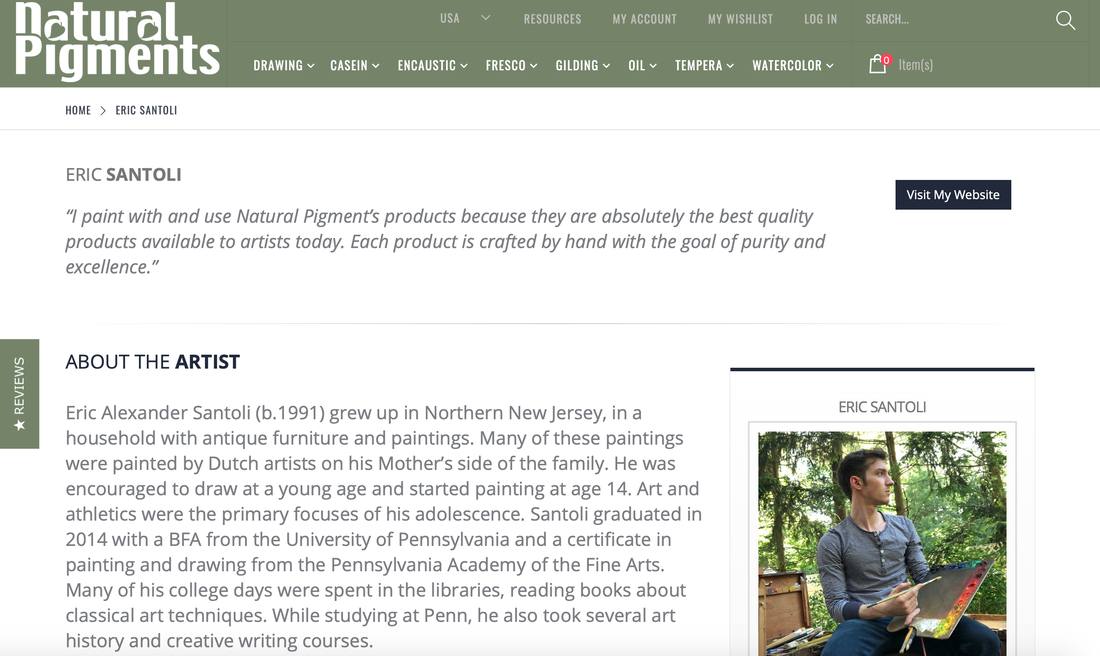
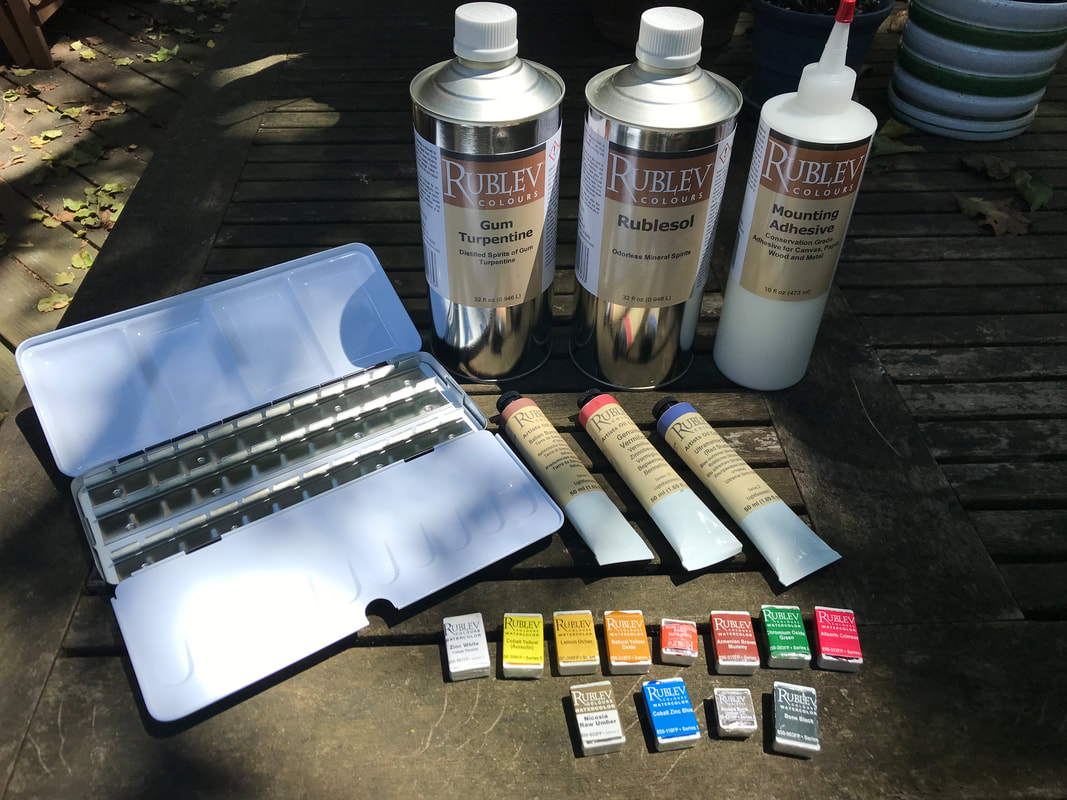
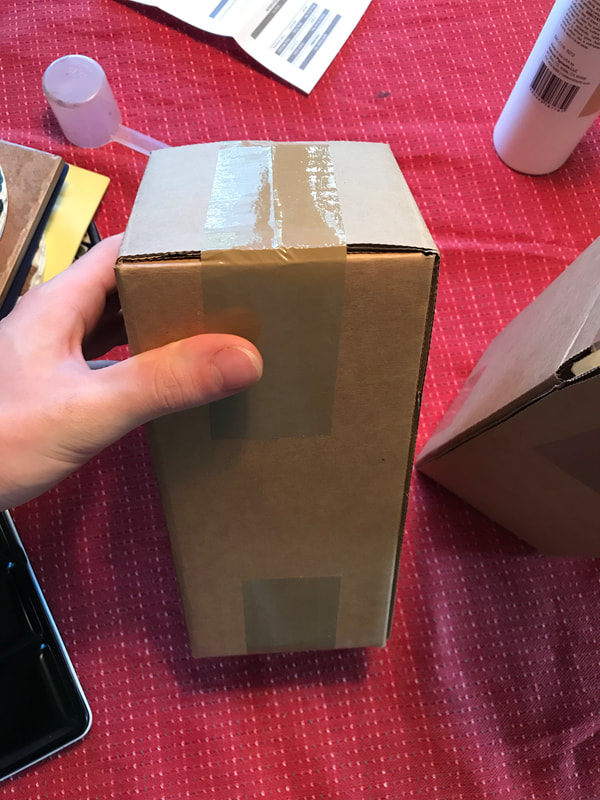
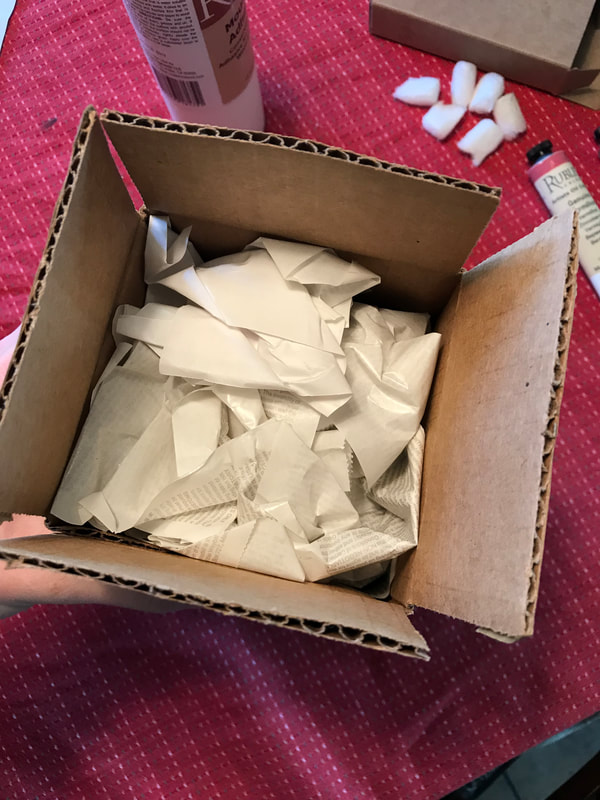
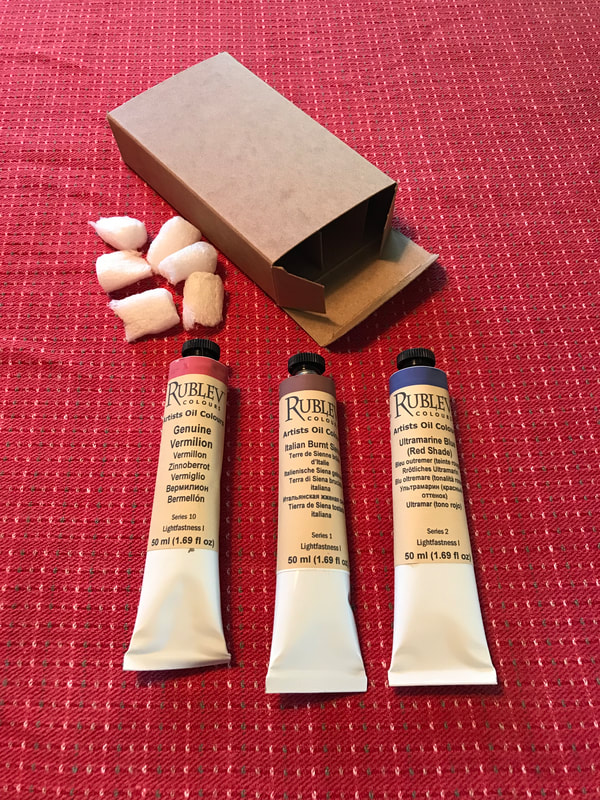
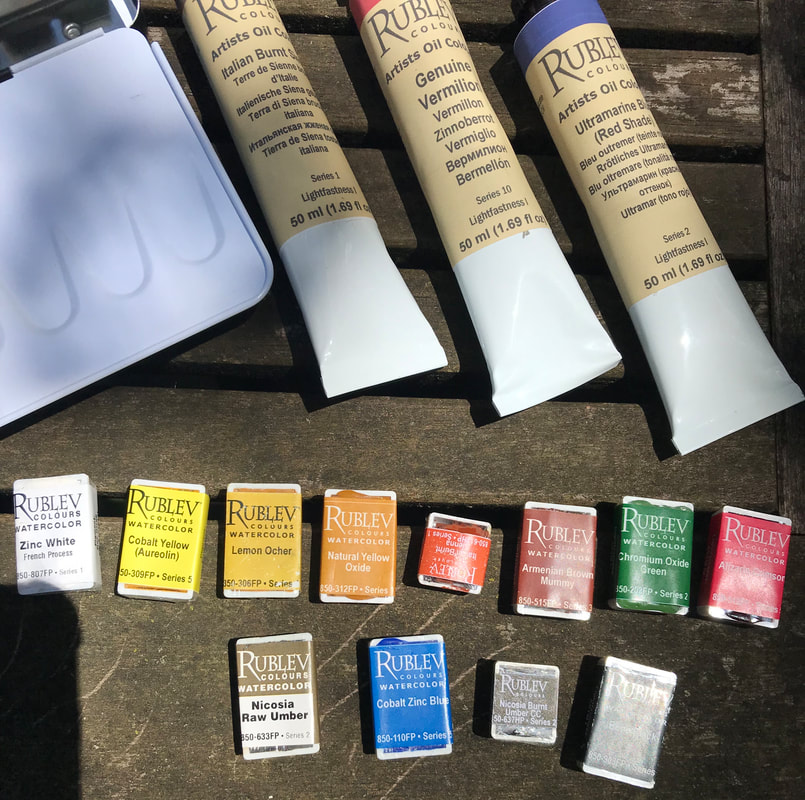
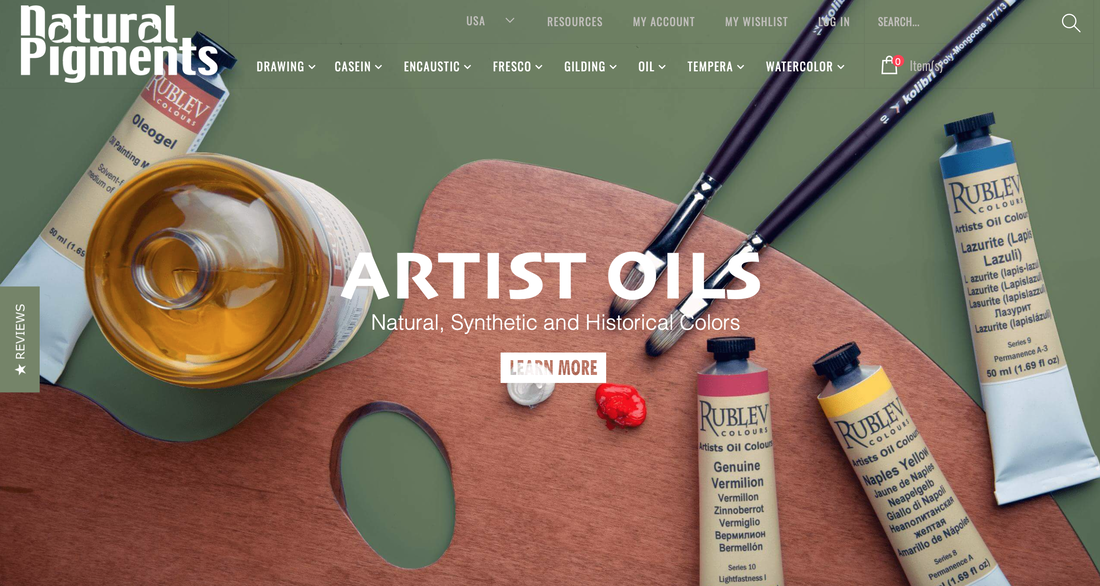

 RSS Feed
RSS Feed